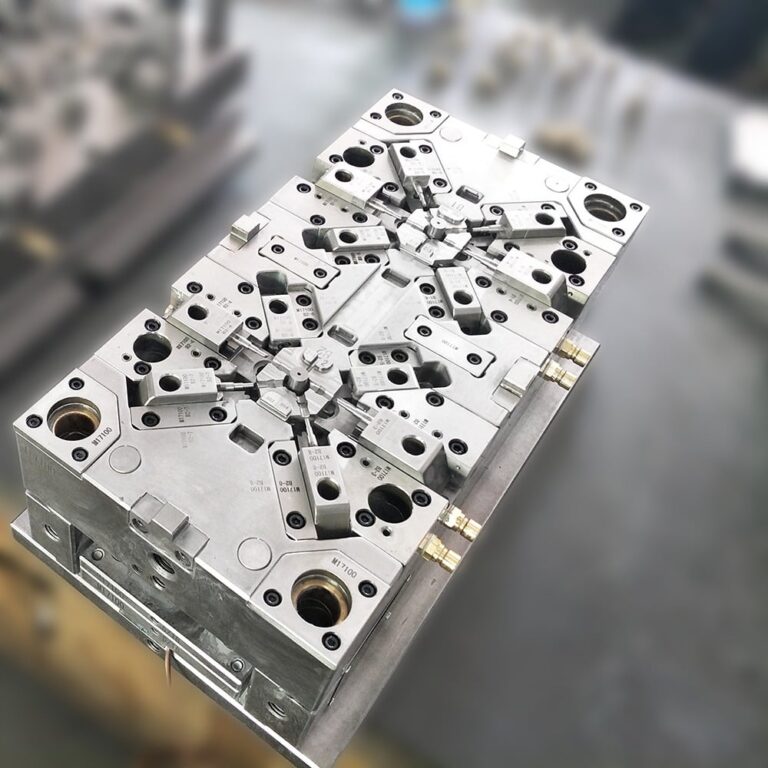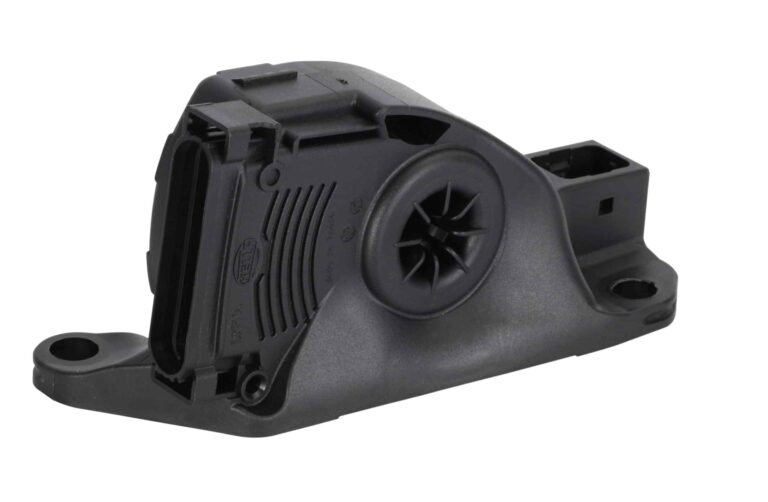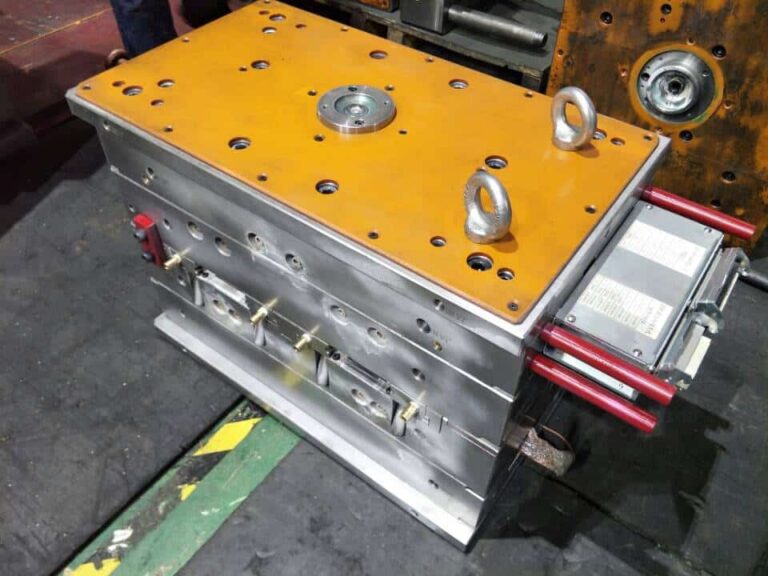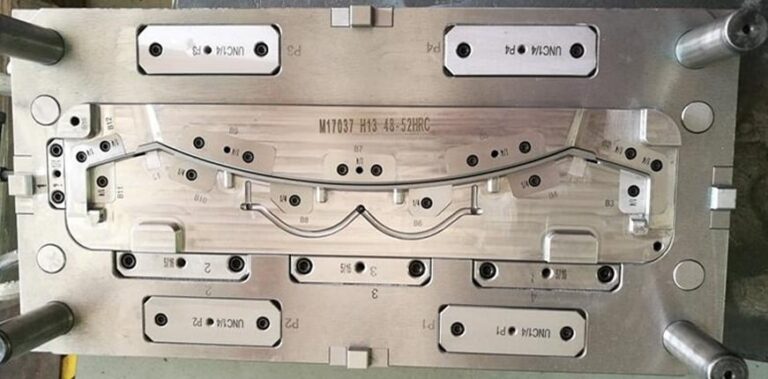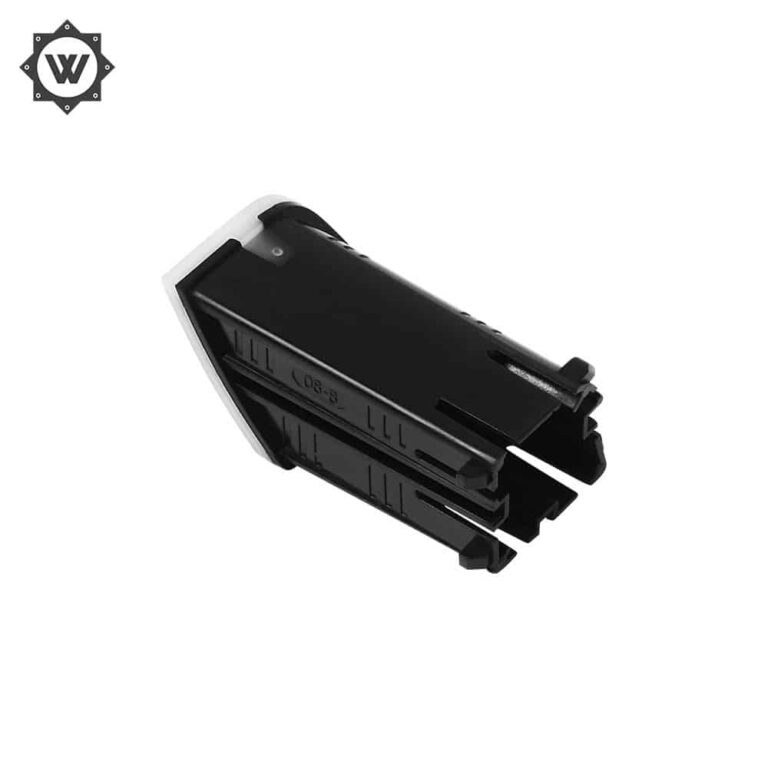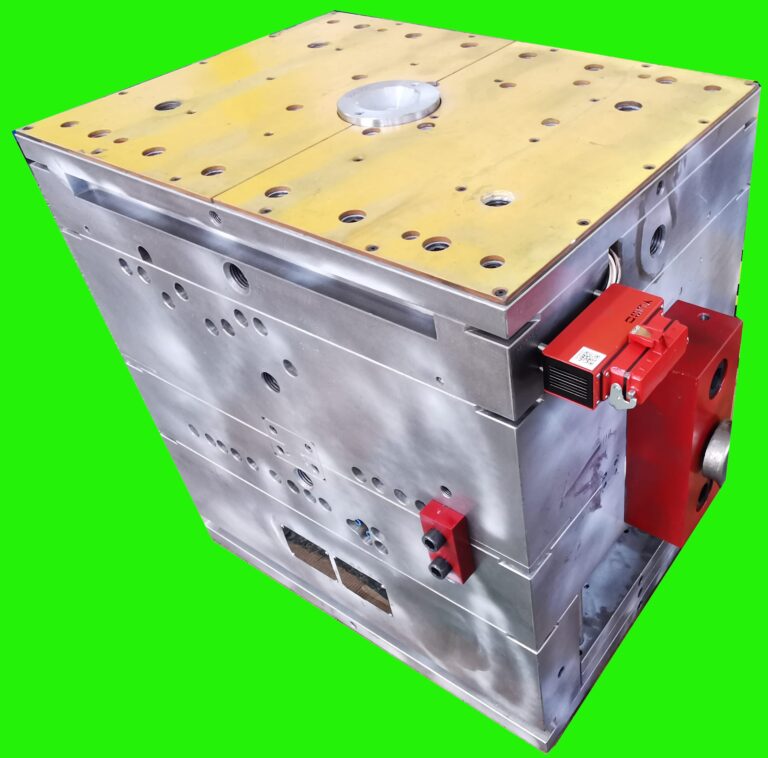Problems to be noted in TPE overmolding and injection molding
TPE is a composite functional material modified with SEBS, TPE elastomer soft rubber has excellent comprehensive performance and is the most commonly used soft rubber material for secondary injection molding, overmolding and two-color injection molding. So what are the considerations for TPE overmolding and injection molding?
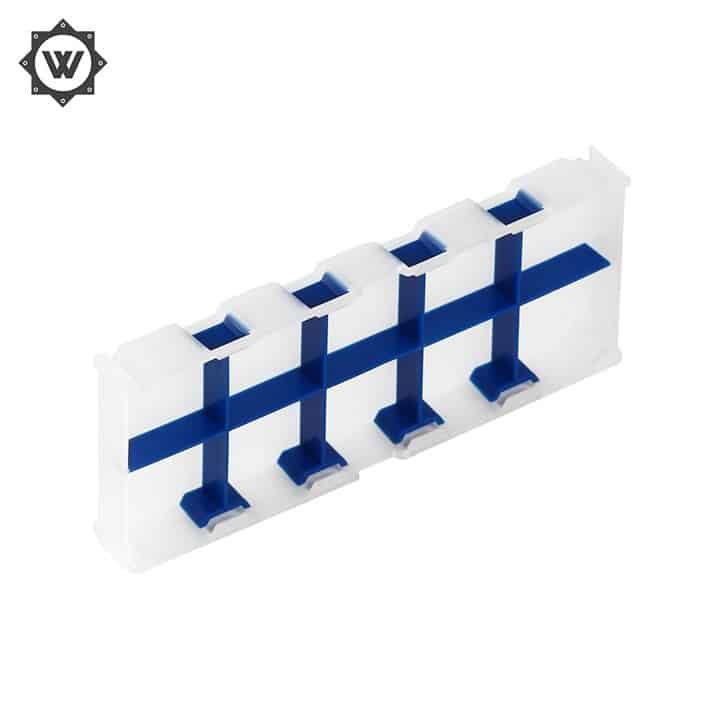
TPE overmolding injection molding issues need to be noted as follows.
1, TPE and hard rubber components need to match the compatibility, molecular solubility is close to each other, the molecular compatibility is better.
2, in the design of the need to try to avoid sharp corners to ensure that TPE and hard plastic parts contact excellent, enhance the bonding effect.
3, through the appropriate exhaust to avoid the mold cavity left gas.
4、Balance the thickness of TPE with the expected touch.
5、Keep the temperature of TPE melt to ensure the bonding effect.
6、TPE material overmoulding needs to be baked and reprocessed to reduce the surface water lines of the products and to obtain the effect of uniform surface color.
7、The carrier resin of the selected masterbatch is compatible with both TPE and structural parts materials.
8, for the smooth surface to be special treatment, the purpose is to increase the soft glue and hard glue bonding contact surface, to strengthen the bonding effect.
9, TPE should have good fluidity, because the TPE cover layer thickness and size ratio is very small, TPE usually need to flow through a long path and thin-walled area to fill the mold.
10, TPE flow length / product thickness ratio is less than 150:1.
11、Use good adhesive.

